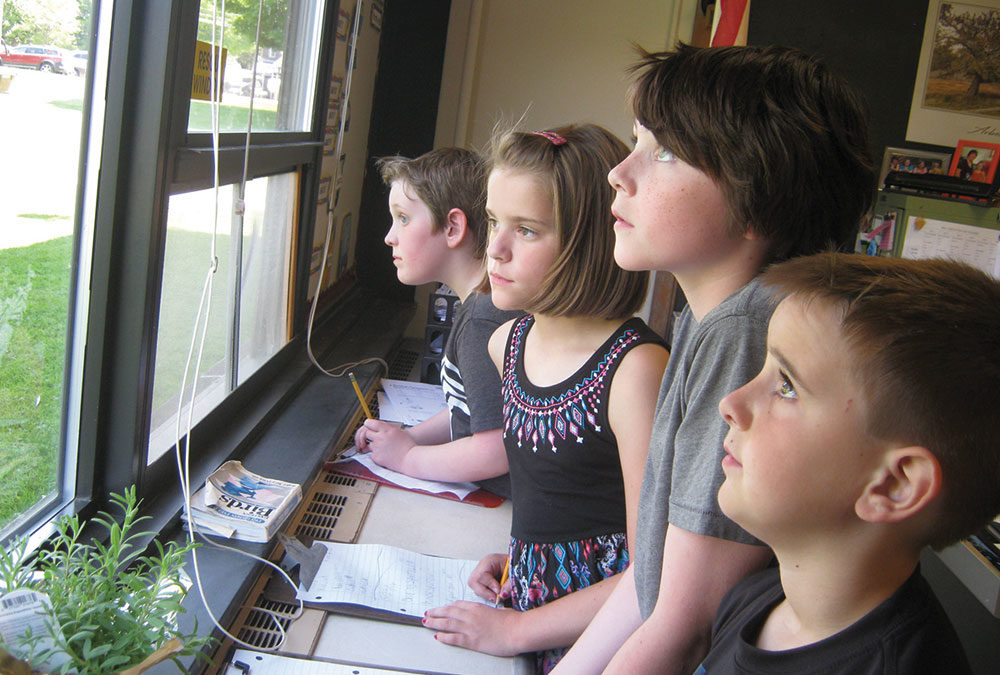Have you heard similar comments from kids you know? You aren’t alone. The lure of technology and the couch are strong, but more and more, the youth of Tug Hill have programs to entice them outdoors.
 It turns out that kids—even rural kids—aren’t spending enough time in nature, or on farms, to feel comfortable and excited about the natural landscape.
It turns out that kids—even rural kids—aren’t spending enough time in nature, or on farms, to feel comfortable and excited about the natural landscape.
Children ages five to 16 spend an average of six and a half hours a day in front of a screen (compared to around three hours, in 1995), according to research firm, Childwise.
Other research from a national report, The Nature of Americans, notes it’s more important than ever to support local families and kids by creating kid-friendly and accessible places for everyone to enjoy—ideally within 15 minutes of home.
Experiencing nature and green spaces through community parks, local conservation areas, a farm, or educational programming has been shown to improve a child’s ability to focus, reduce the level of attention deficit hyperactivity disorder (ADHD), and counter rising anxiety. These benefits are seen not only in youth, but also in adults.
This builds upon still more documentation that with regular, fun, and interactive experiences immersed in nature and farms throughout childhood, kids are more likely to feel comfortable with the sounds and smells of these landscapes.
Not only does that mean they are more likely to thrive, but it also means they are more likely to care about conservation as adults.
That’s why we are ramping up our programs with local libraries, schools, and youth programs.
Fun and interactive nature education, games, and access to birding programs can instill a love of learning, foster a greater ability for empathy, and reduce bullying. Plus, it helps raise kids who will feel more confident facing life-long challenges.
As Sarah Milligan Toffler from the Children and Nature Network observed, “With today’s kids being less connected to nature than previous generations, children and the natural world need each other now more than ever.”

